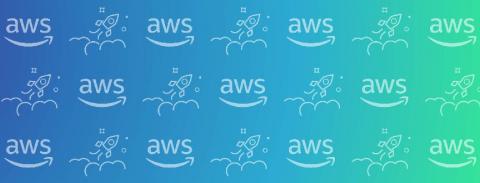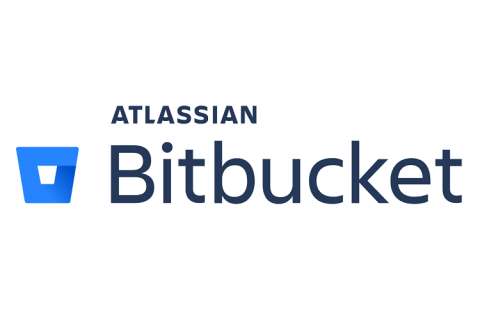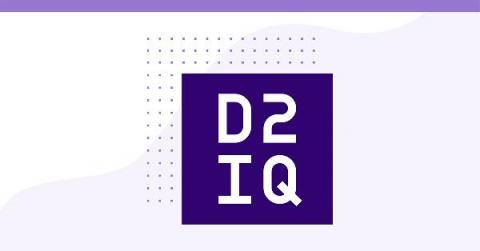Exporters and Target Labels
When monitoring third-party applications with Prometheus, you’ll need an exporter if the application doesn’t already expose metrics in the appropriate format. How do you find an appropriate exporter, and once you have your exporters, how should you organize your label taxonomies to reflect your infrastructure? Many applications in the systems you’re in charge of will be third-party applications, which do not natively expose Prometheus-formatted metrics.











